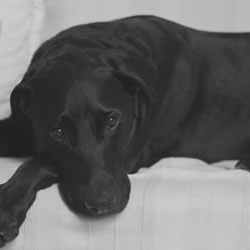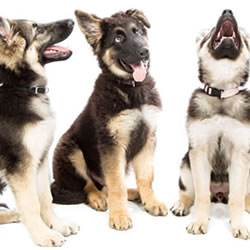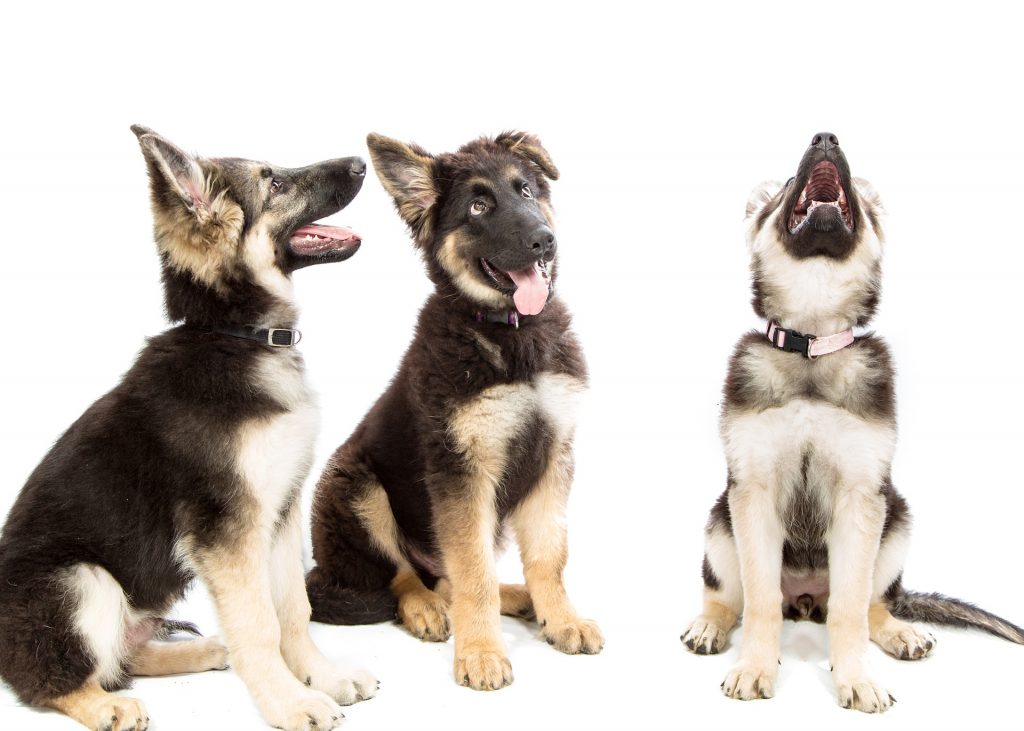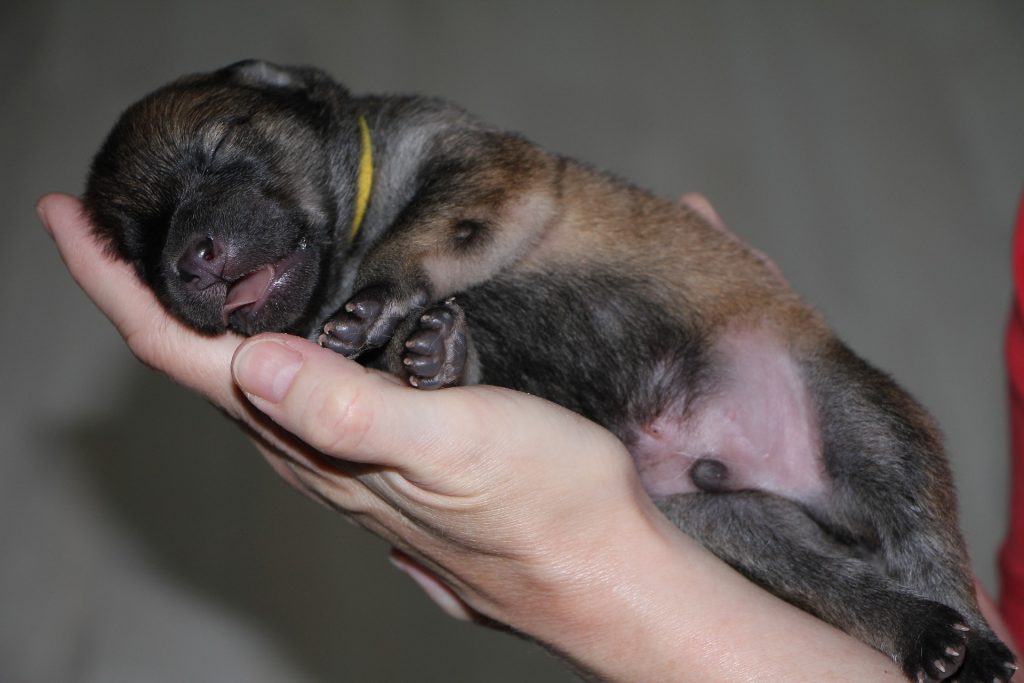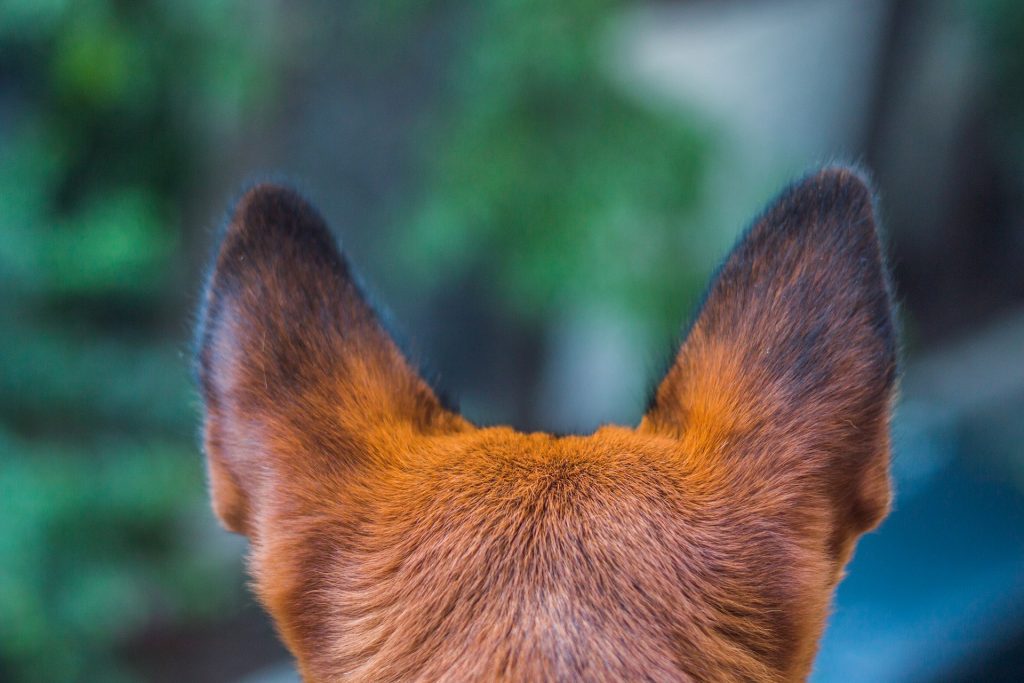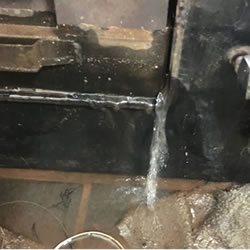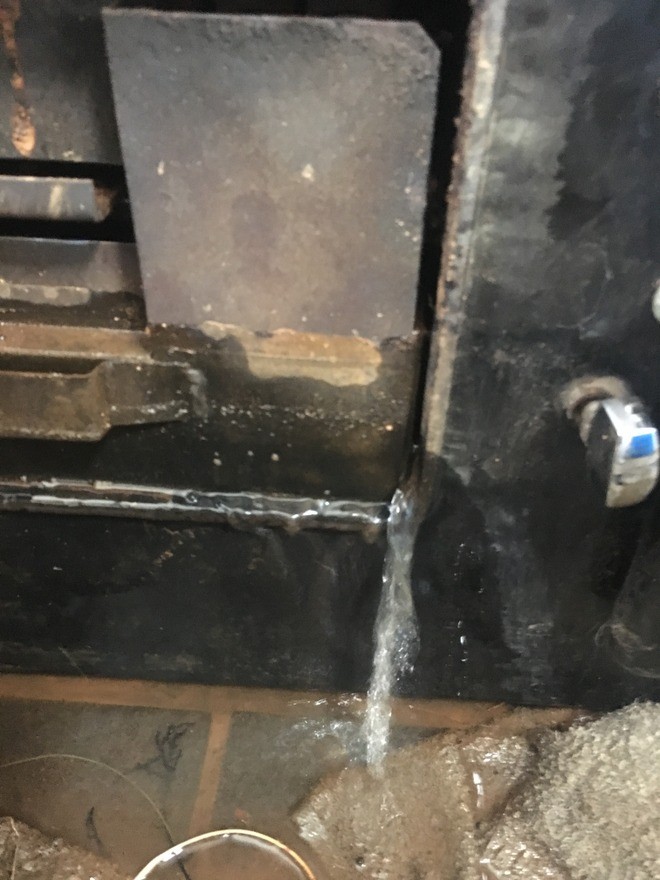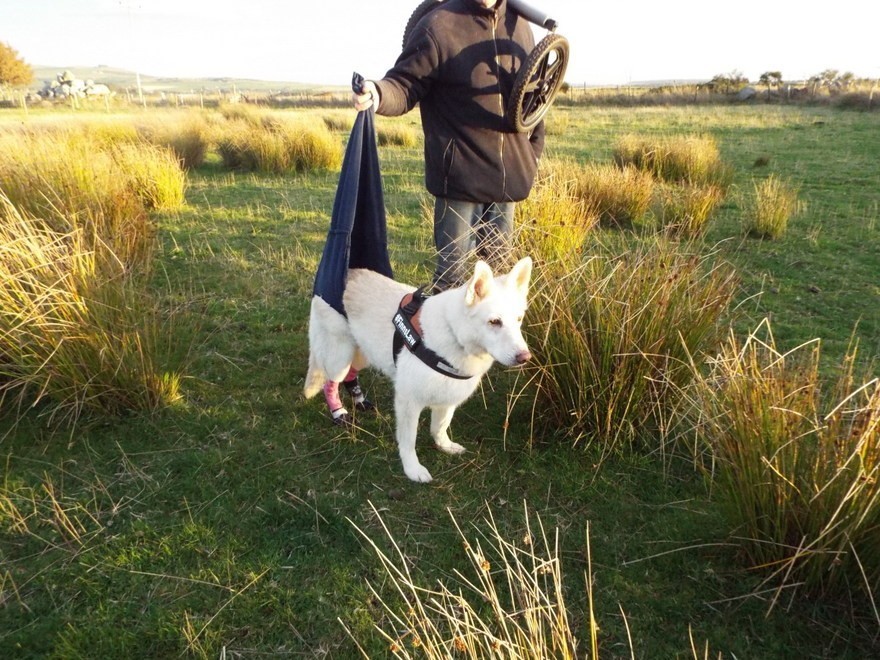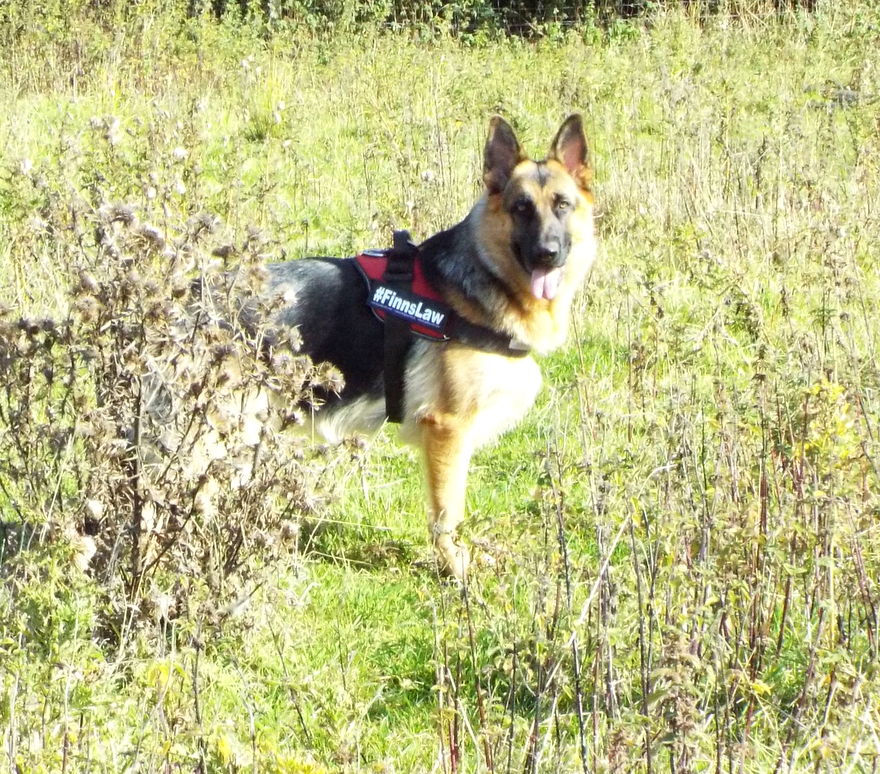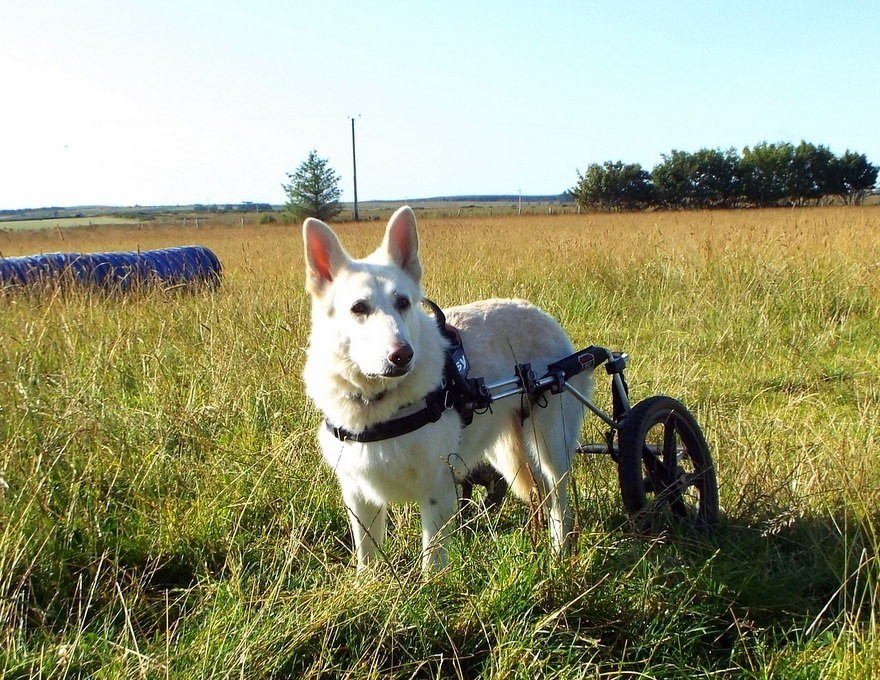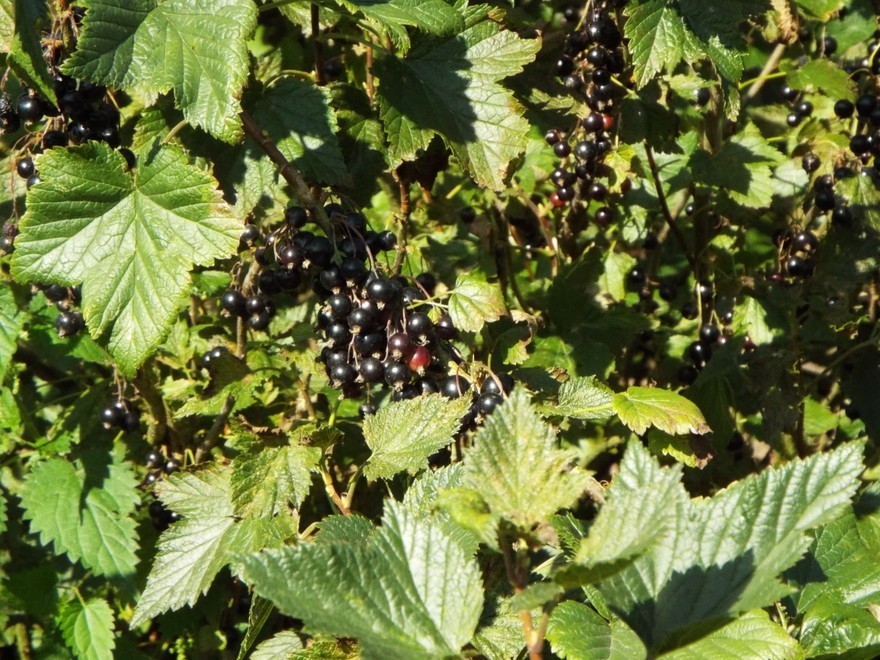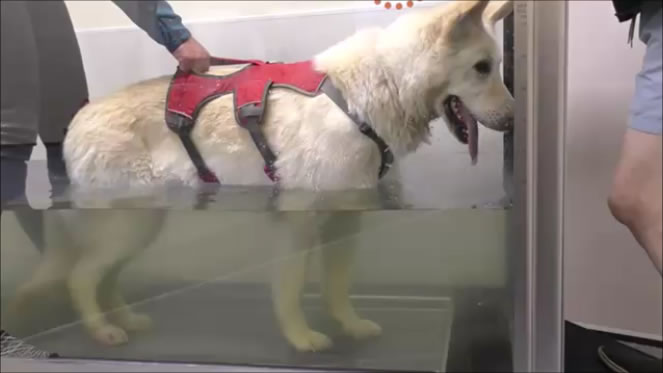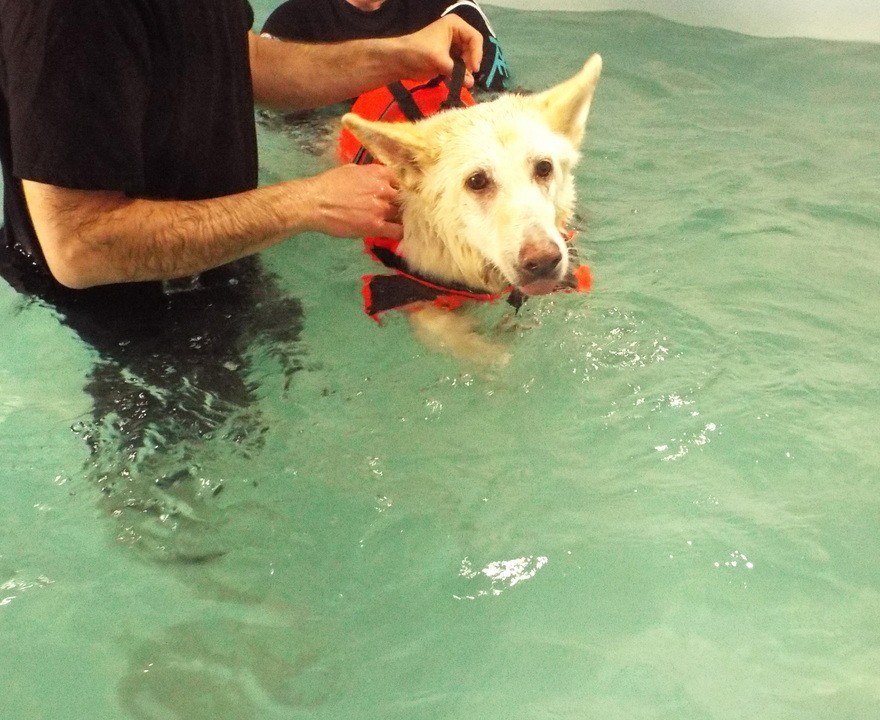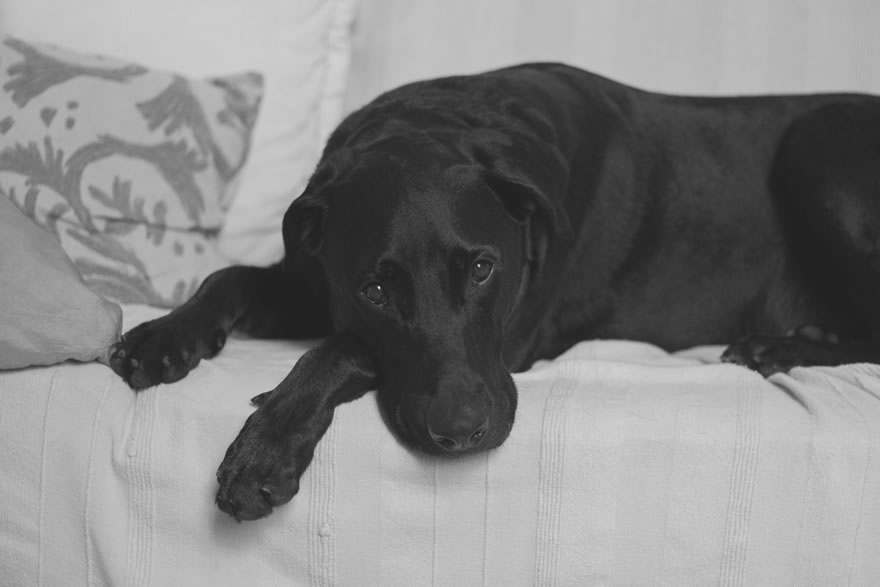
The daily dog walk is sadly in decline
As dog owners, one of our main responsibilities is the daily dog walk. Let’s face it, when the weather is rough, or we fancy another hour in bed, or there’s something good on the telly, we often search for an excuse NOT to walk the dog. In fact, those are some of the top reasons we use as well as a whole host of others. Now Forthglade have launched a campaign to reinstate The Great British Dog Walk and help you re-discover the joy of walking. Not only is it good for our pets, it’s good for us too, and a good walk can affect our health, wellbeing and happiness.
What with the obesity crisis, which affects not only humans, but our pets as well a daily walk could be just what we all need to get us back on track.
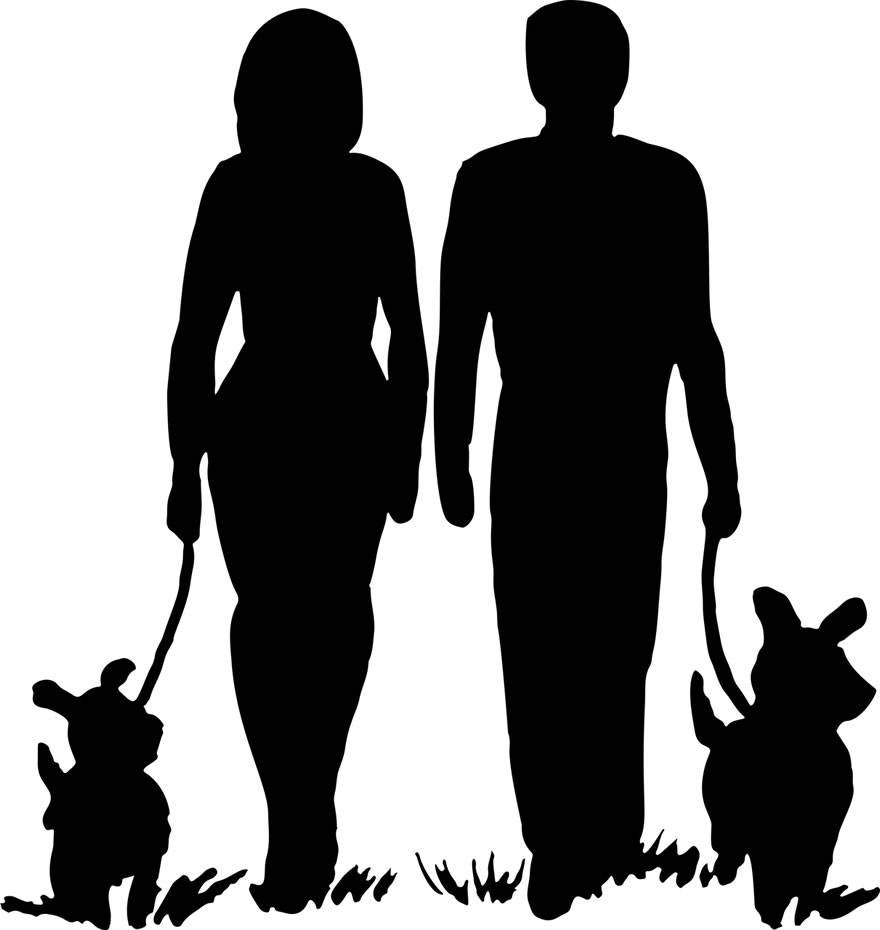 But before we all rush out and get started, another factor we may want to consider, especially in the colder weather is the ‘warm-up’, which can be important if your daily walk involves chasing a ball, flying disc, or in our case, the Puller Exercise Toy for Dogs. It had never occurred to us before. Our dogs can be seen hurtling out of the front door, across the yard and into the field in hot pursuit of their favourite purple toy! However, recently we came across an article on Warm-up Exercises for your Dog. Humans are aware that they need to warm up their muscles before exercise but for some reason, we hadn’t thought about it for our dogs.
But before we all rush out and get started, another factor we may want to consider, especially in the colder weather is the ‘warm-up’, which can be important if your daily walk involves chasing a ball, flying disc, or in our case, the Puller Exercise Toy for Dogs. It had never occurred to us before. Our dogs can be seen hurtling out of the front door, across the yard and into the field in hot pursuit of their favourite purple toy! However, recently we came across an article on Warm-up Exercises for your Dog. Humans are aware that they need to warm up their muscles before exercise but for some reason, we hadn’t thought about it for our dogs.
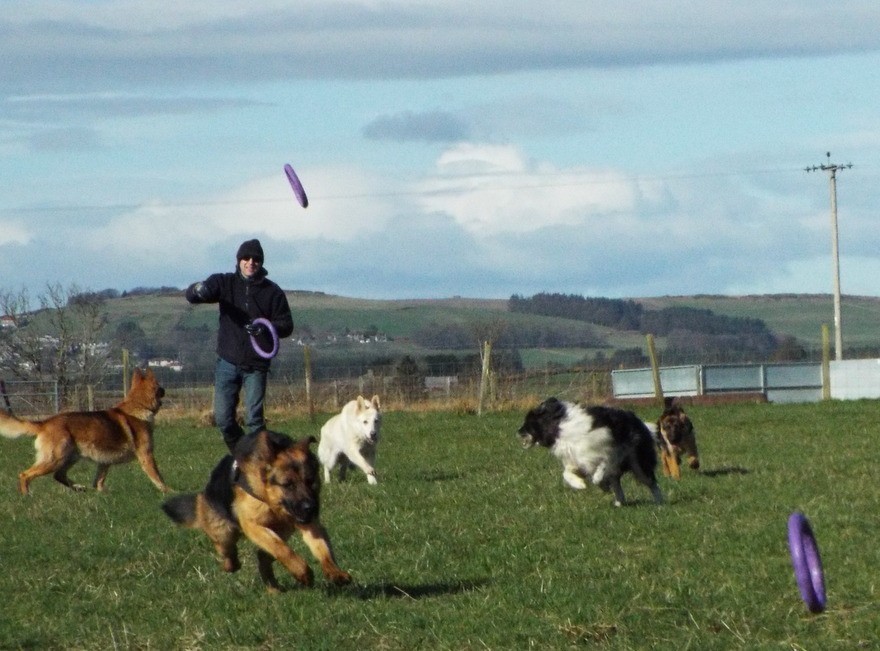
It doesn’t have to be a long, complicated process, just a few minutes of some basic moves will make all the difference and could prevent injury. It also offers a fabulous opportunity to bond with a bit of training. Do some circles to the left and right, have your dog weave through your legs, teach them a play bow.
Similarly, towards the end of your exercise, make sure that you calm things down and give your dog time to cool off before he returns to the car or indoors.
So now is the perfect time to think a little differently about that daily chore, turn it into a fun experience that is a pleasure for both you and your dog. There are some great motivators on the Forthglade site and also experts on hand to help you along the way.
Take up the six-week dog walk challenge and fall in love with that daily walk all over again, but more importantly, make a dog happy today and every day!



